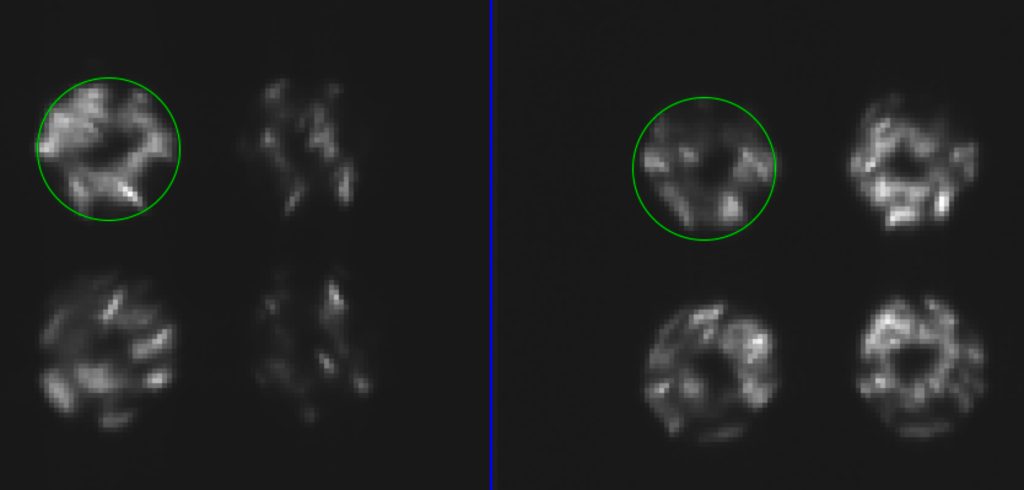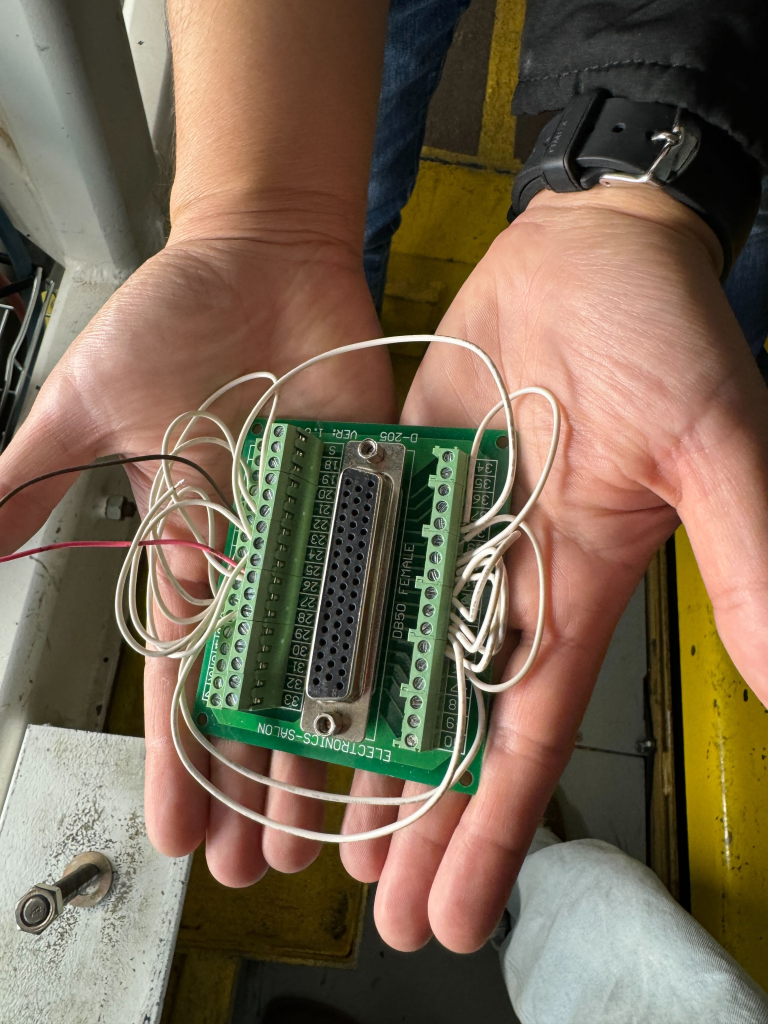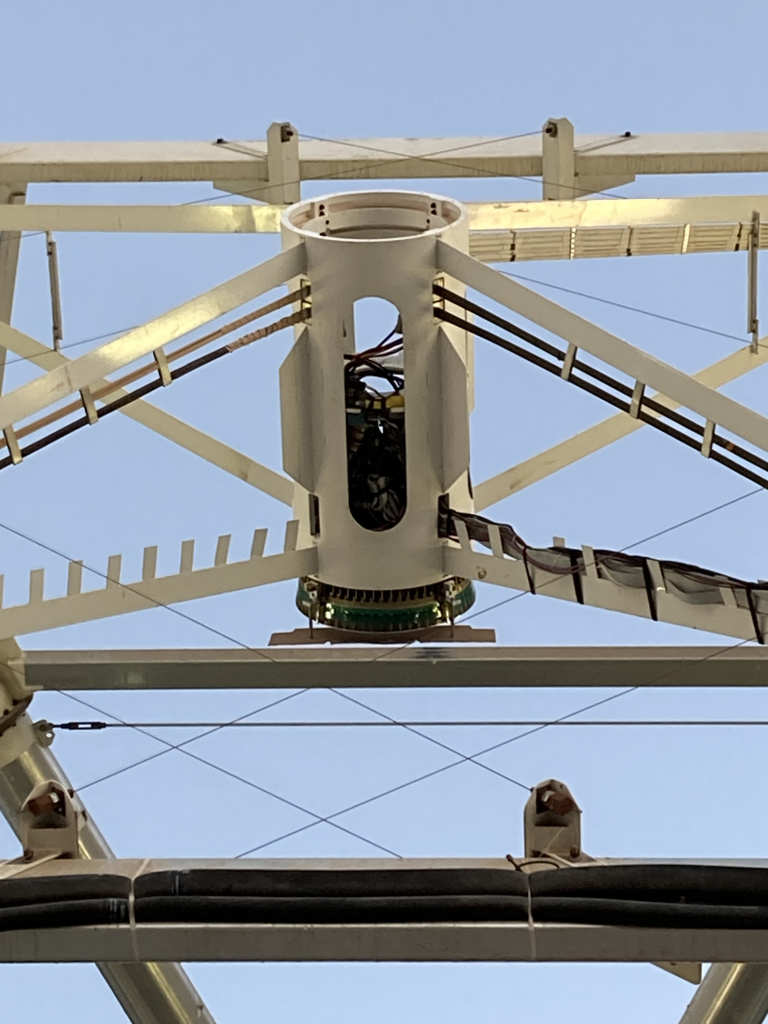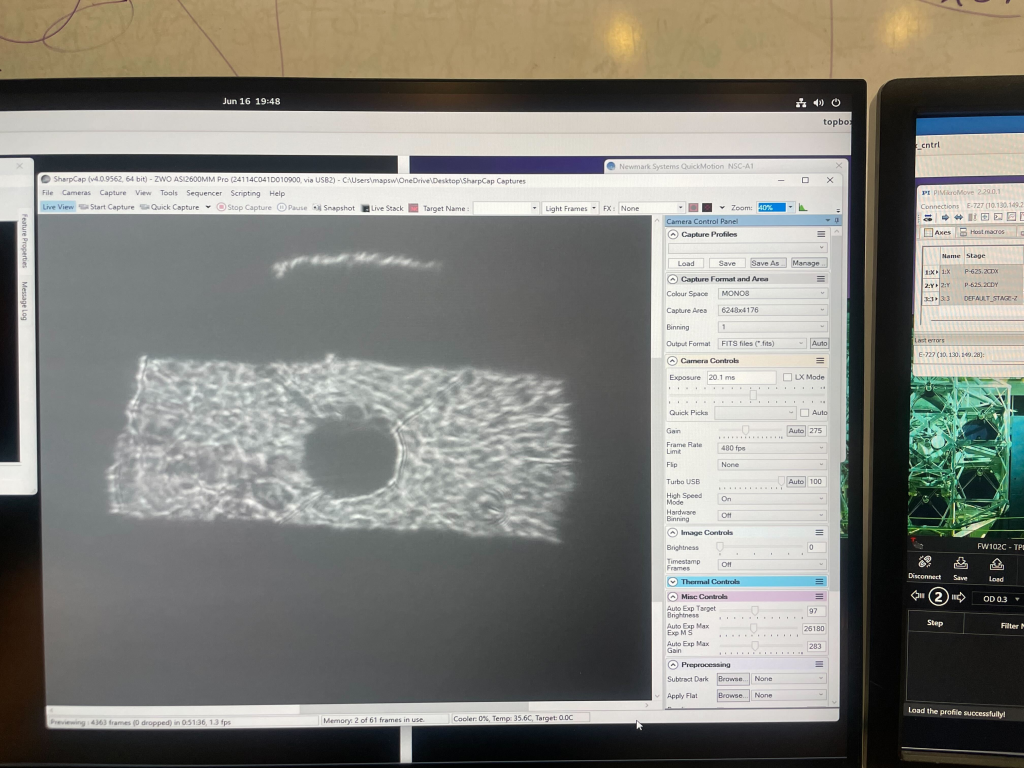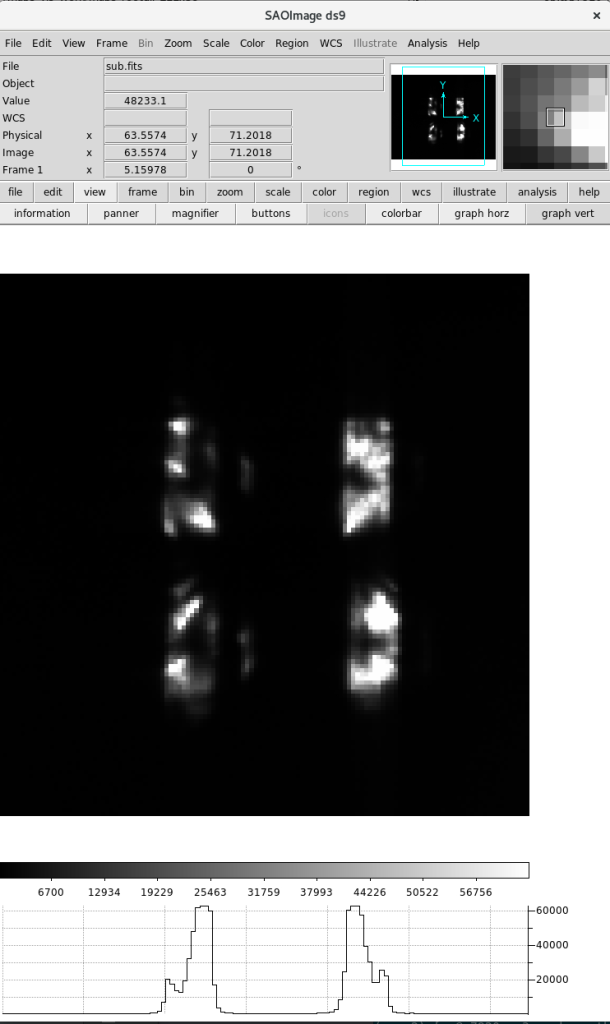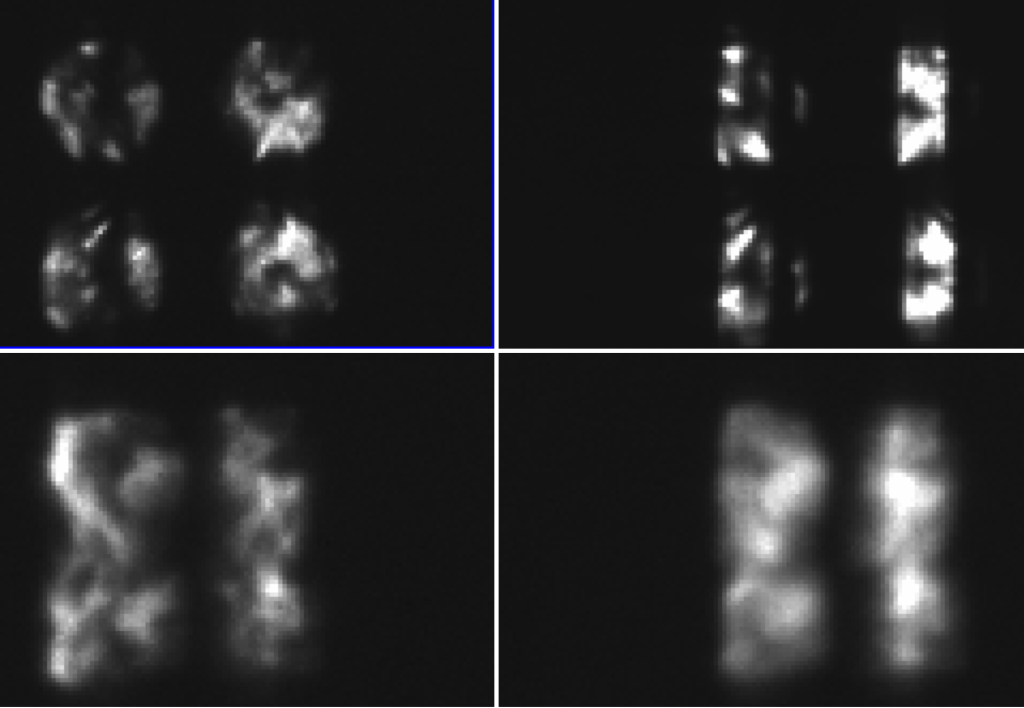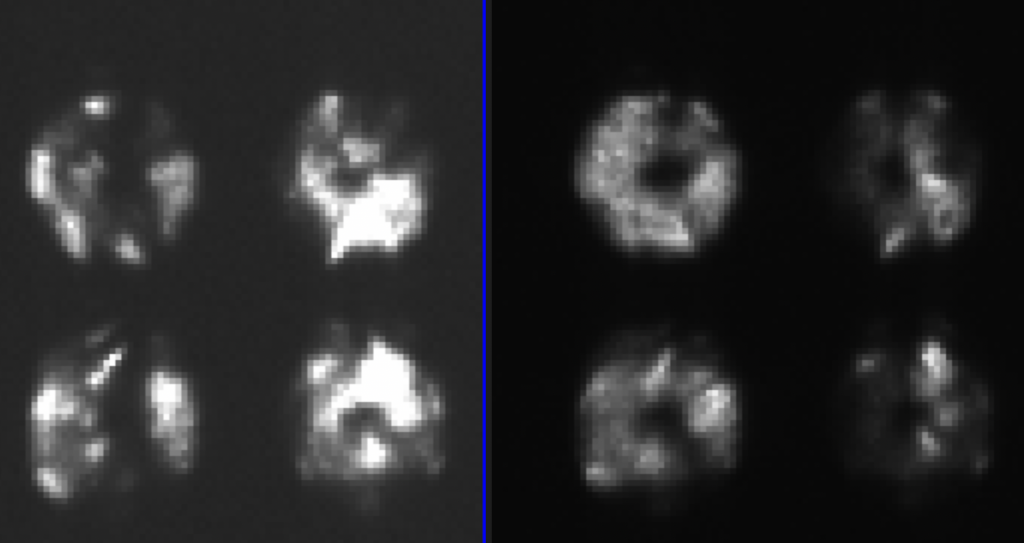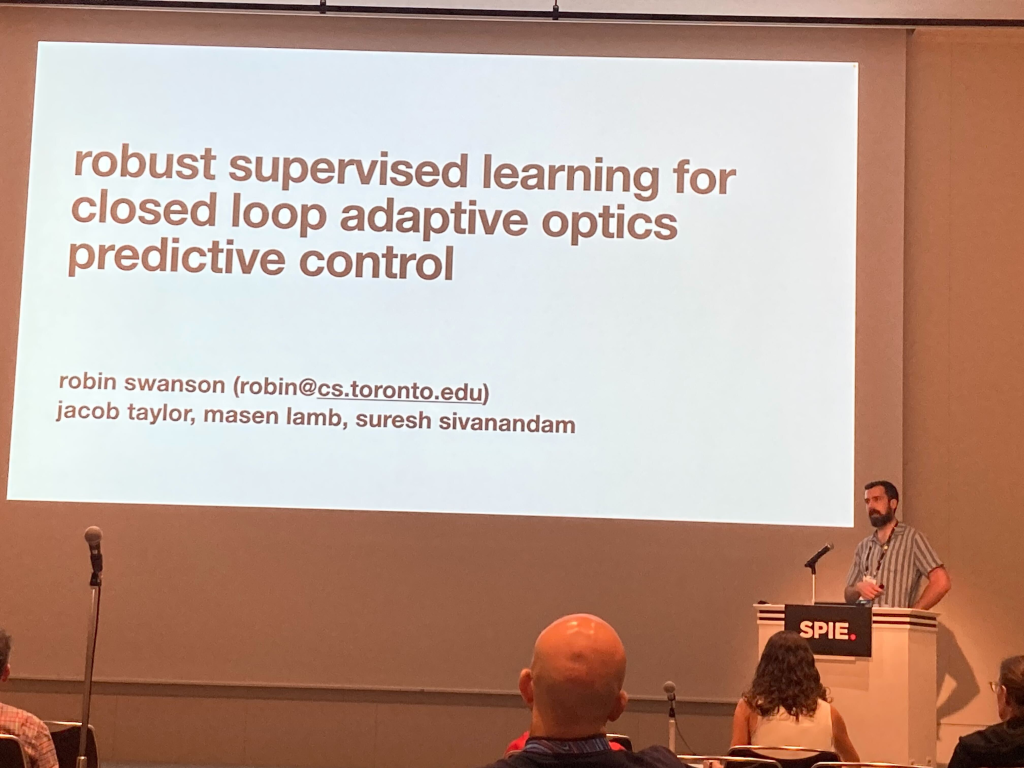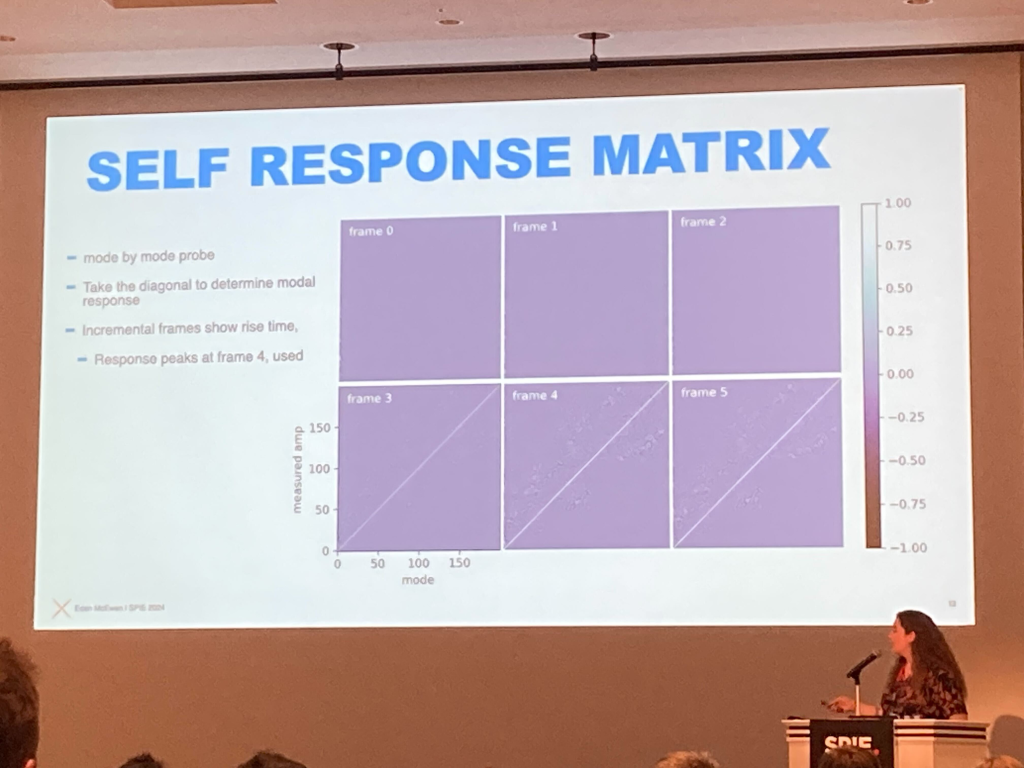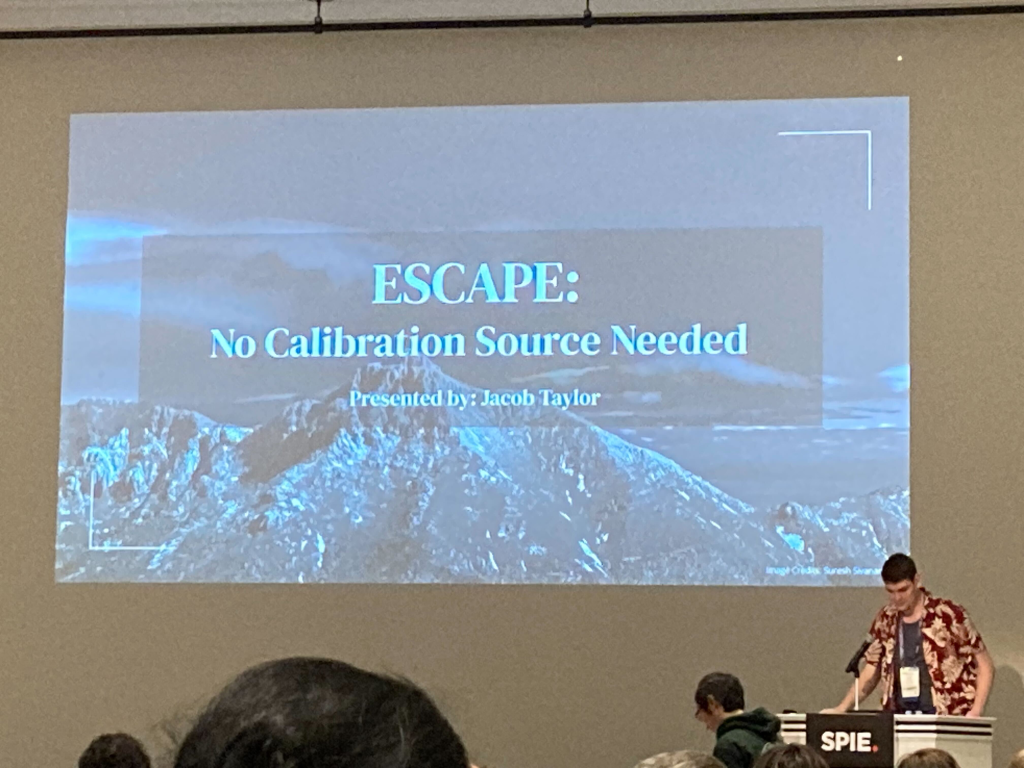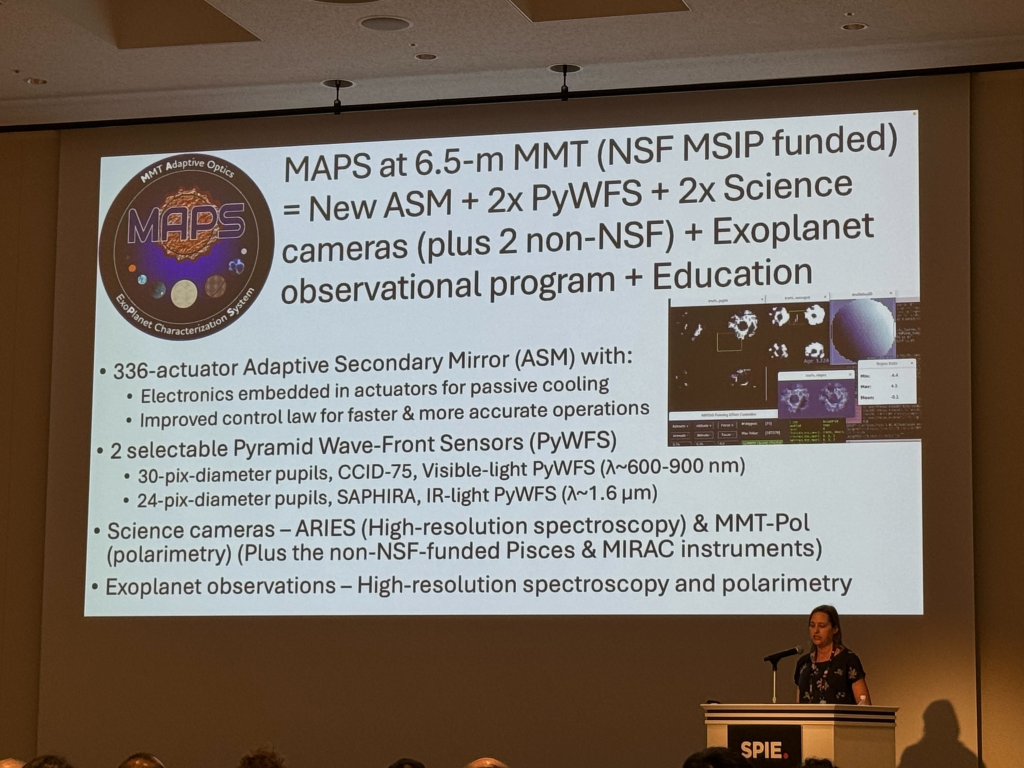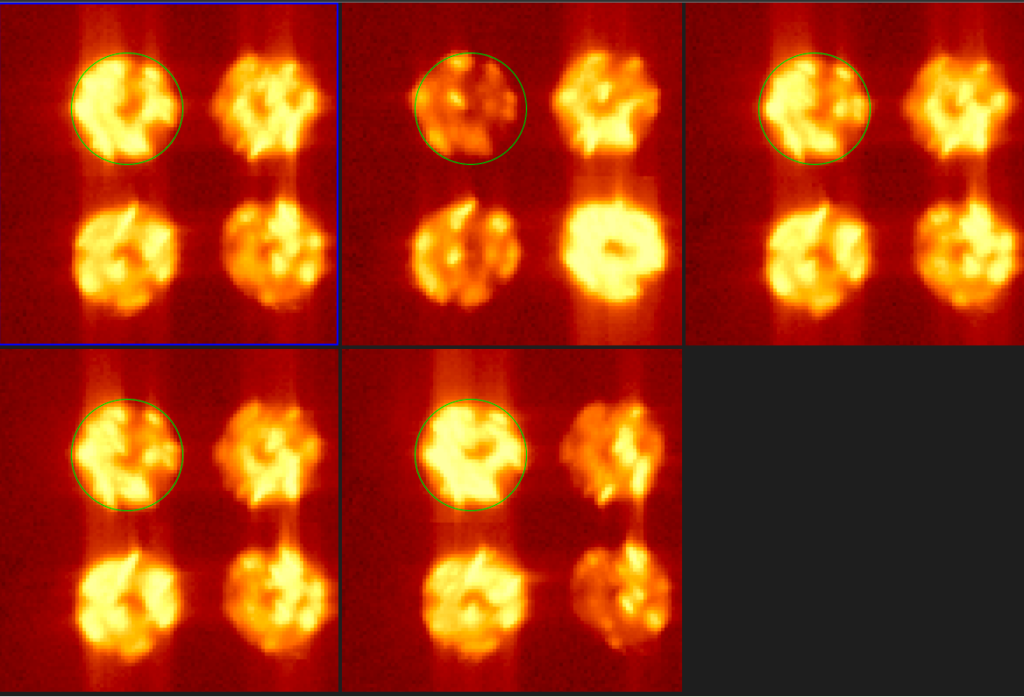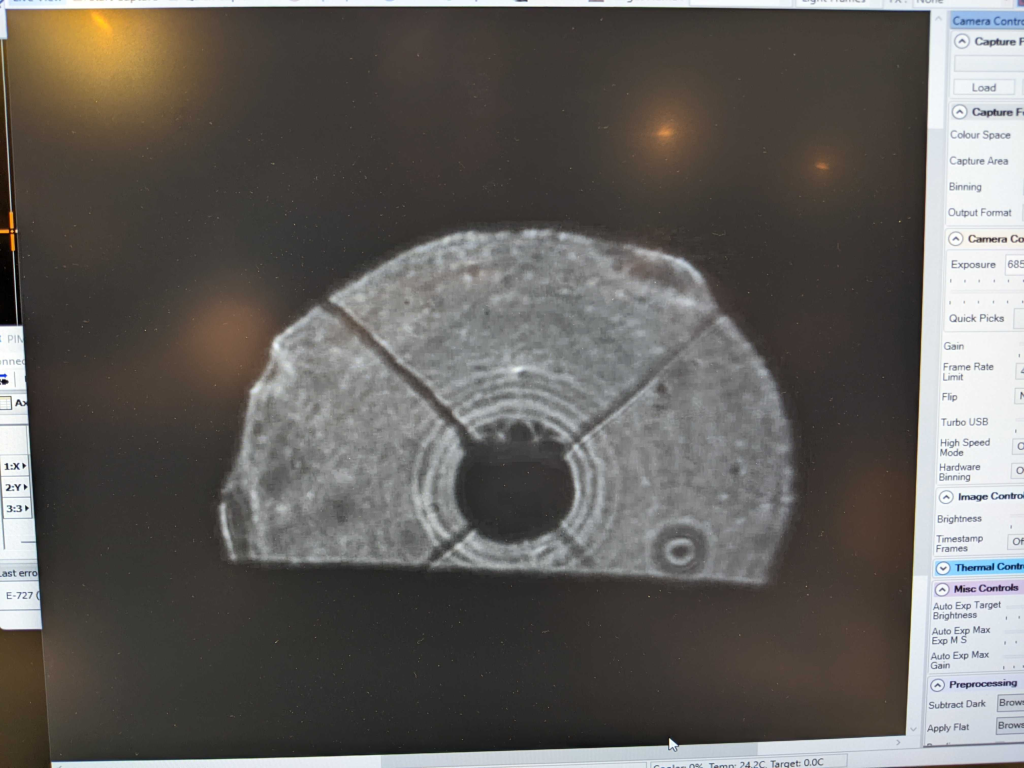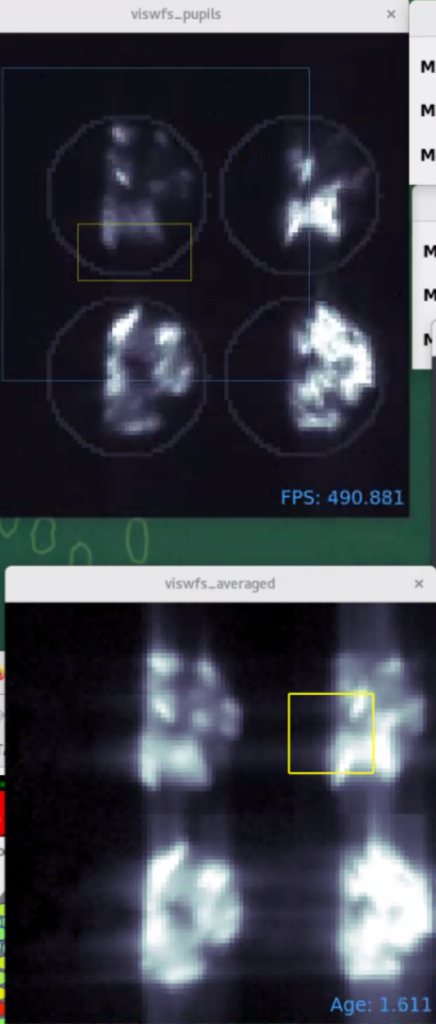Today/tonight Dan and Amali went down, Dan and Oli came up, and Craig and Oli went down. Oli brought up six (6) new negative lenses ranging from f=-100 to -1000mm to test the Vis WFS pupil focus. We took another image set with the current lens (f=-300mm) and then swapped it out for each of the other lenses to see the difference in pupil focus and pupil size/separation. Here is what we saw:
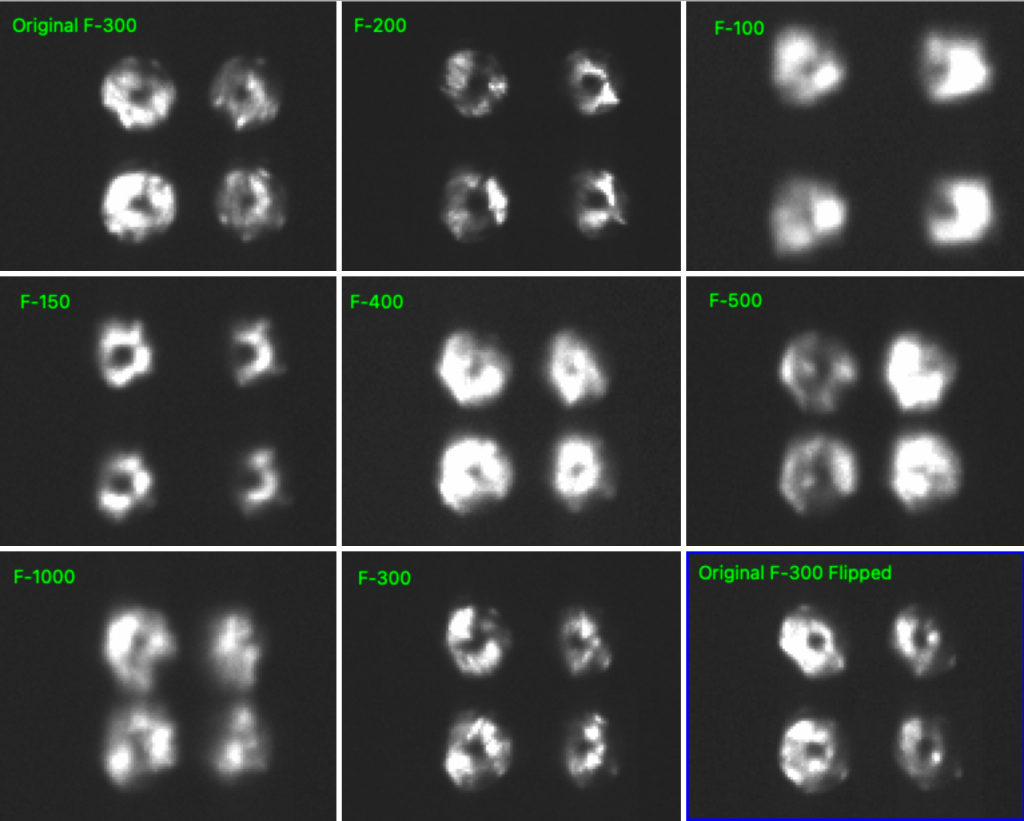
Result: The best are f=-200 & f=-300. Oli’s feeling is the best focal length is going to be around f=-250mm. That lens is not available but can be created by combining two lenses. Furthermore, there are other degrees of freedom that can be used to fine tune… namely the separations between the CCID75, CTL, and Pyramid. By adjusting those distances, the overall magnification (pupil size and separation) will change. This is a much more complicated alignment and is destructive since a move cannot be perfectly reversed. So we may try that another time.
Meanwhile we took some ARIES spectra, then went on to closing the CACAO loop with 50 modes and saving some ARIES images. Unfortunately the seeing was around 2-3” so these won’t be great, but it was also a really good practice session for Lauren and Bianca to run CACAO while Amali coached them remotely from Tucson.
There was a dust storm blowing over from New Mexico. Around 3:45am it got worse, and meanwhile the seeing had blown up to above 3” where we were unable to make much progress anyway, so it was time to close for the night. We have 1 more night but the forecast doesn’t look promising, so we shall see.
The word of the night is TEAMWORK. The MAPS team has done a great job this run covering the various tasks even though various people have had to come and go due to life circumstances. Thanks for the excellent teamwork, MAPS team!
